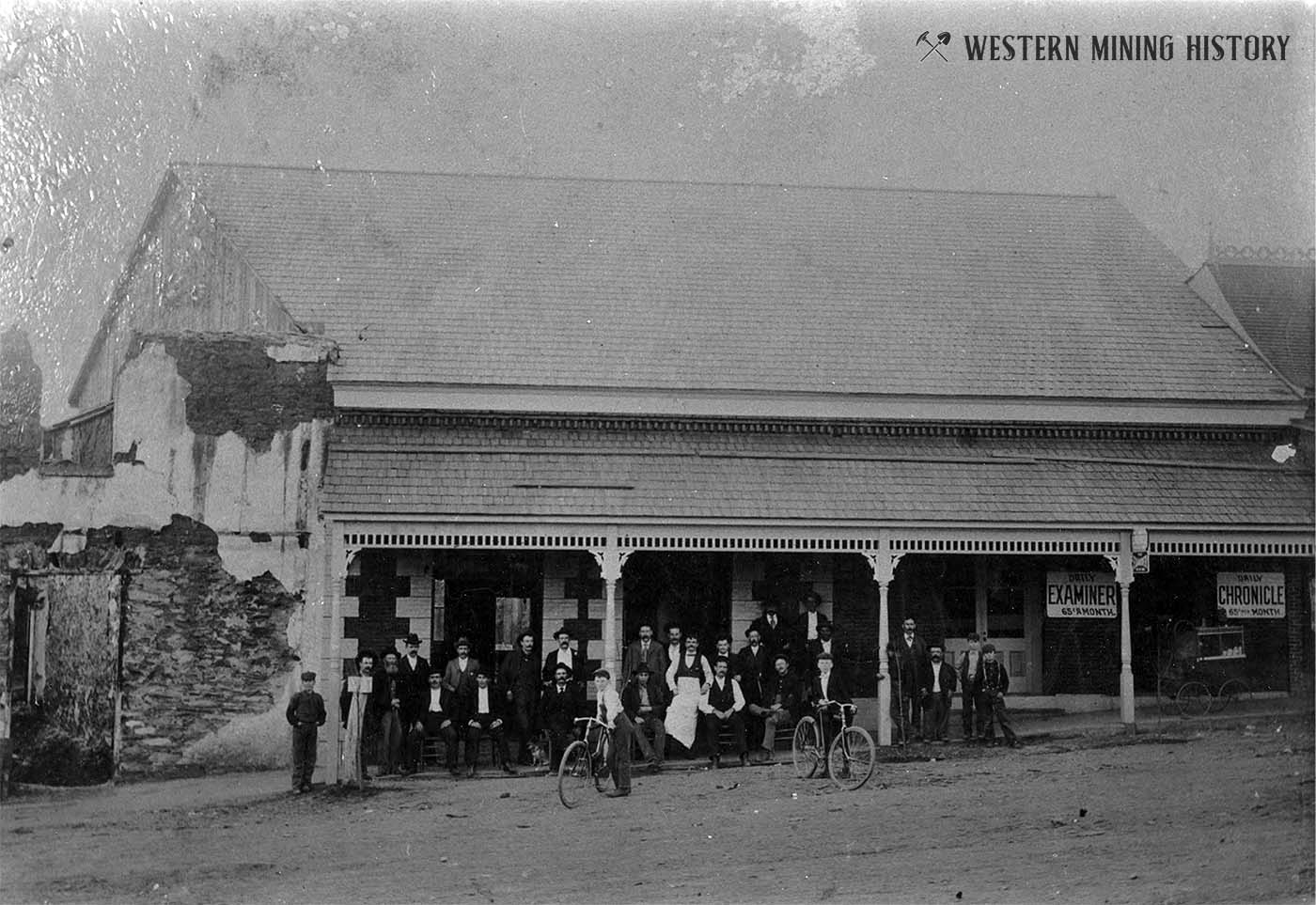Coulterville History
From a sign in town:
George W. Coulter started a tent store here early in 1850, to supply hundreds of miners working the rich placers of Maxwell, Boneyard, and Black creeks. The settlement was called Banderita, from the flag flying over Coulter's store, a postoffice established in 1853 was called Maxwell Creek, but changed the following year to honor Coulter.
The first stamp mill for crushing ore was built by Andrew Goss. Quartz mines, nearby, under crude methods, with wood for fuel, operated for years producing millions. Coulter built the first hotel and water for it was pumped from a well by two newfoundland dogs. Francisco Bruschi erected the first permanent building and his family became leading merchants for over eighty years.
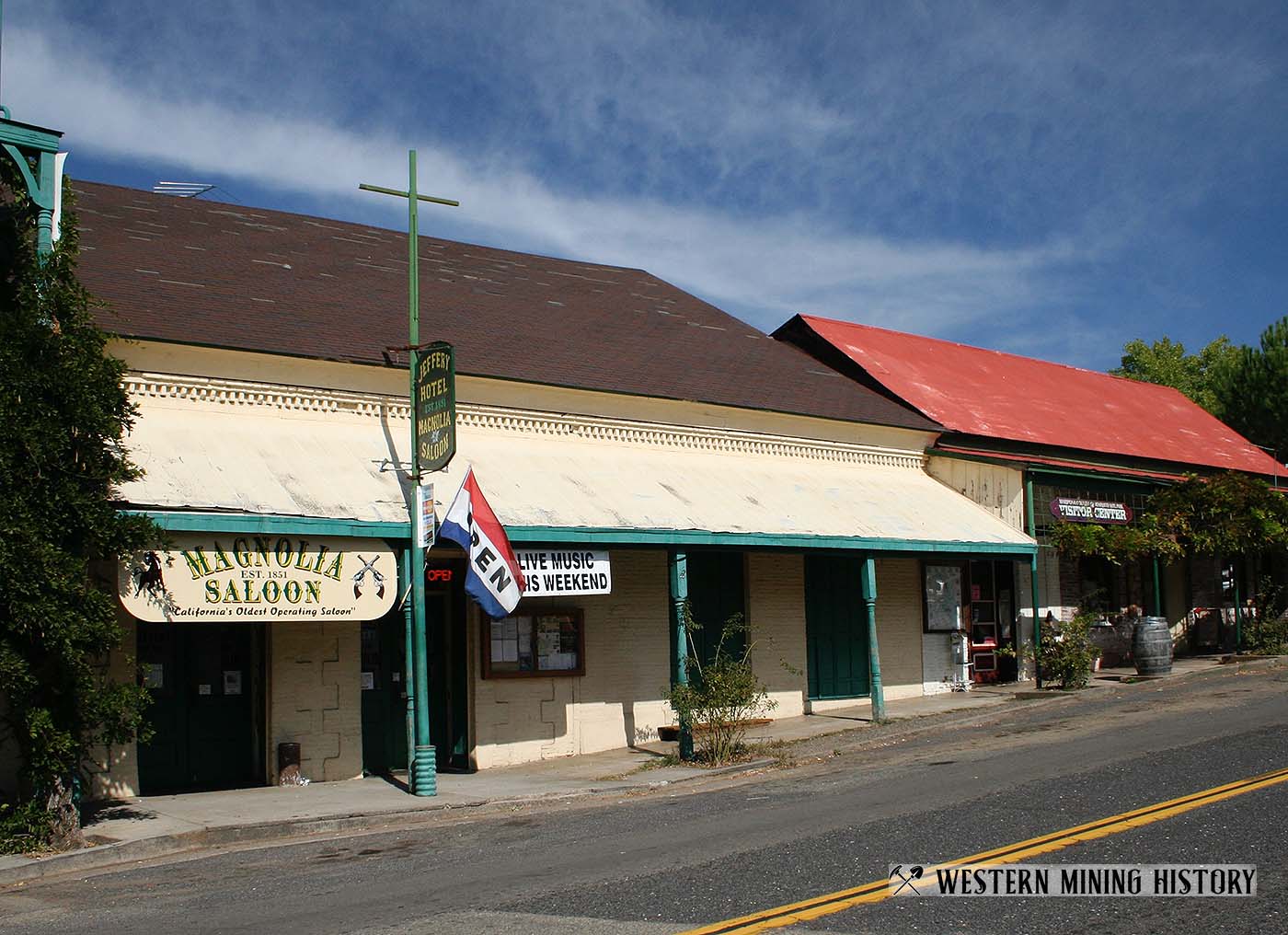
The following history of Coulterville was provided by Jan MacKell Collins.
Coulterville, A significant Mother Lode Mining Town
Coulterville’s story begins in 1849, when George and Margaret Coulter of Pennsylvania heard about the rich gold deposits of Mariposa County. Like so many, the Coulters decided to join the rush to the California gold fields.
Upon reaching the area in early 1850, Coulter partnered with George Maxwell and set up a supply store in a big canvas tent at the budding camp. They say that the Mexican element of local miners began calling the camp “Banderita” after a flag flying atop of the tent.
Soon, other buildings went up as well, including Johnny Haigh’s saloon but also a stamp mill and a blacksmith shop. In 1851 the three-story Hotel Jeffery was built with 30” thick adobe walls. The Magnolia Saloon in the hotel is today one of the oldest still-operating taverns in California.
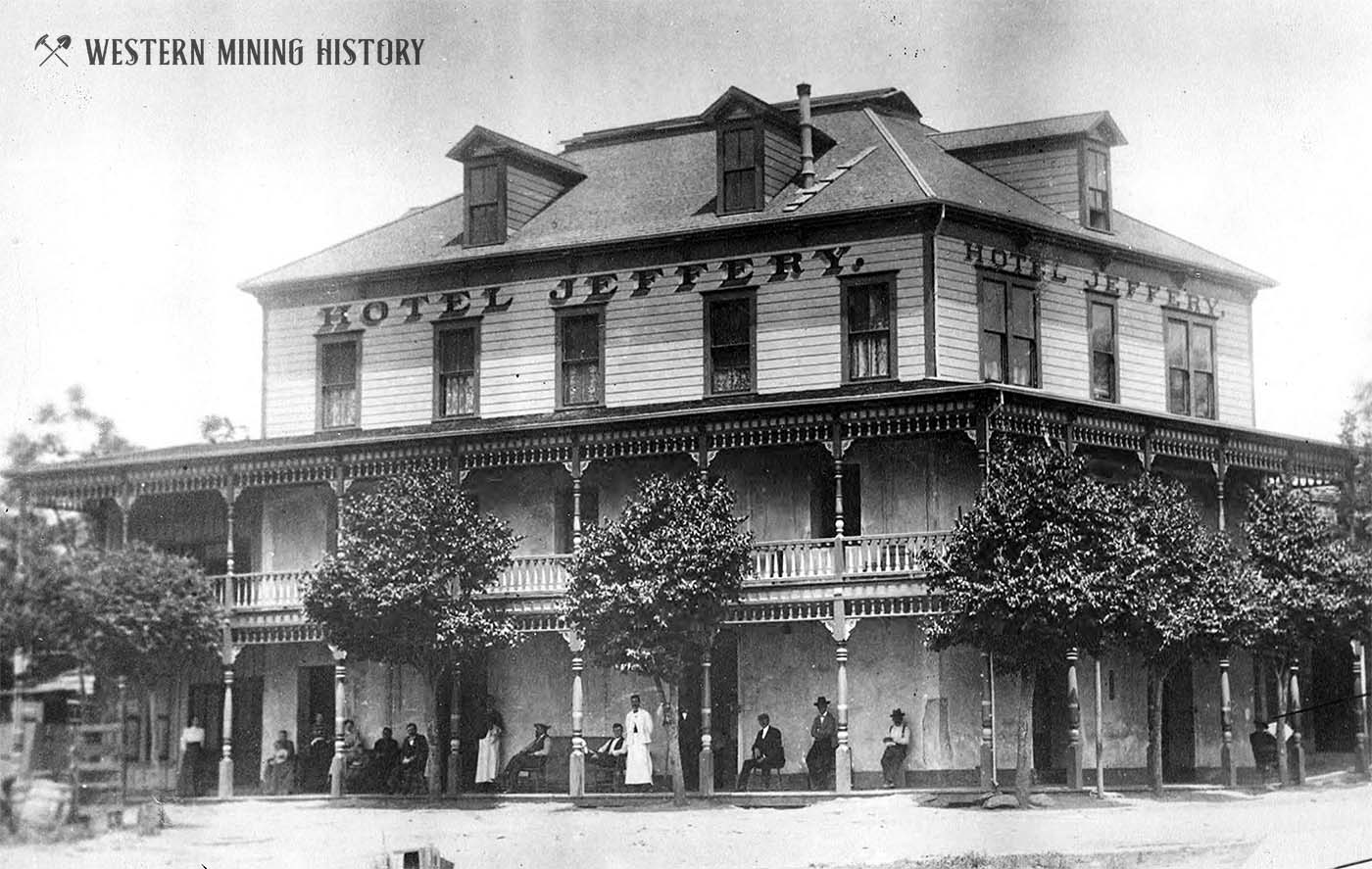
On the other side of town from the hotel was a small but growing Chinatown that included the well-known Sun Sun Woo Company Store with supplies, and a small opium den in the back room. The number of Chinese residents would eventually grow to 1,000 during Coulterville’s peak.
When the post office opened in about 1852, it was called Maxwell Creek after George Maxwell. Newspapers of the time, however, referred to the camp as Coulterville. More businesses would follow in the coming years, especially after a hard-rock mining boom hit as the placer deposits played out.
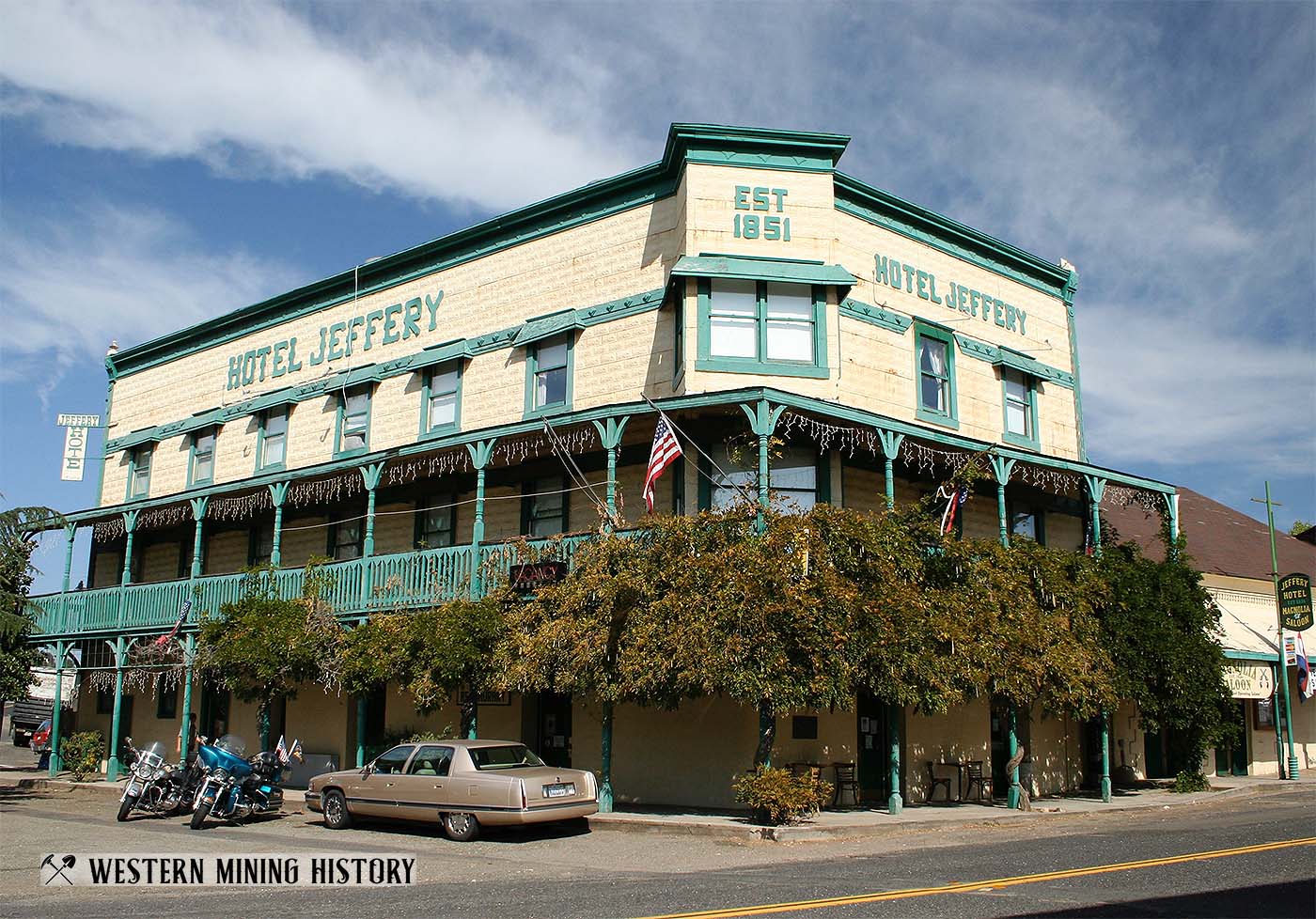
Two new mines, the Malvina and the Mary Harrison, were opened. Miners were making their way to the boom camp from all over the world. Within a short time, folks from nine different countries were making Coulterville their home as the population soared to around 5,000.
The influx of new miners inevitably attracted a few bad eggs. As early as 1854, a man named Watkins was caught stealing, given “25 lashes,” and was made to leave the camp. Another outlaw was Leon Ruiz, who robbed some Chinese miners of $600 in hard-earned gold and killed them. Frontier justice was dealt swiftly as Ruiz was strung up from a tree on the main drag. The “hanging tree” survives today.
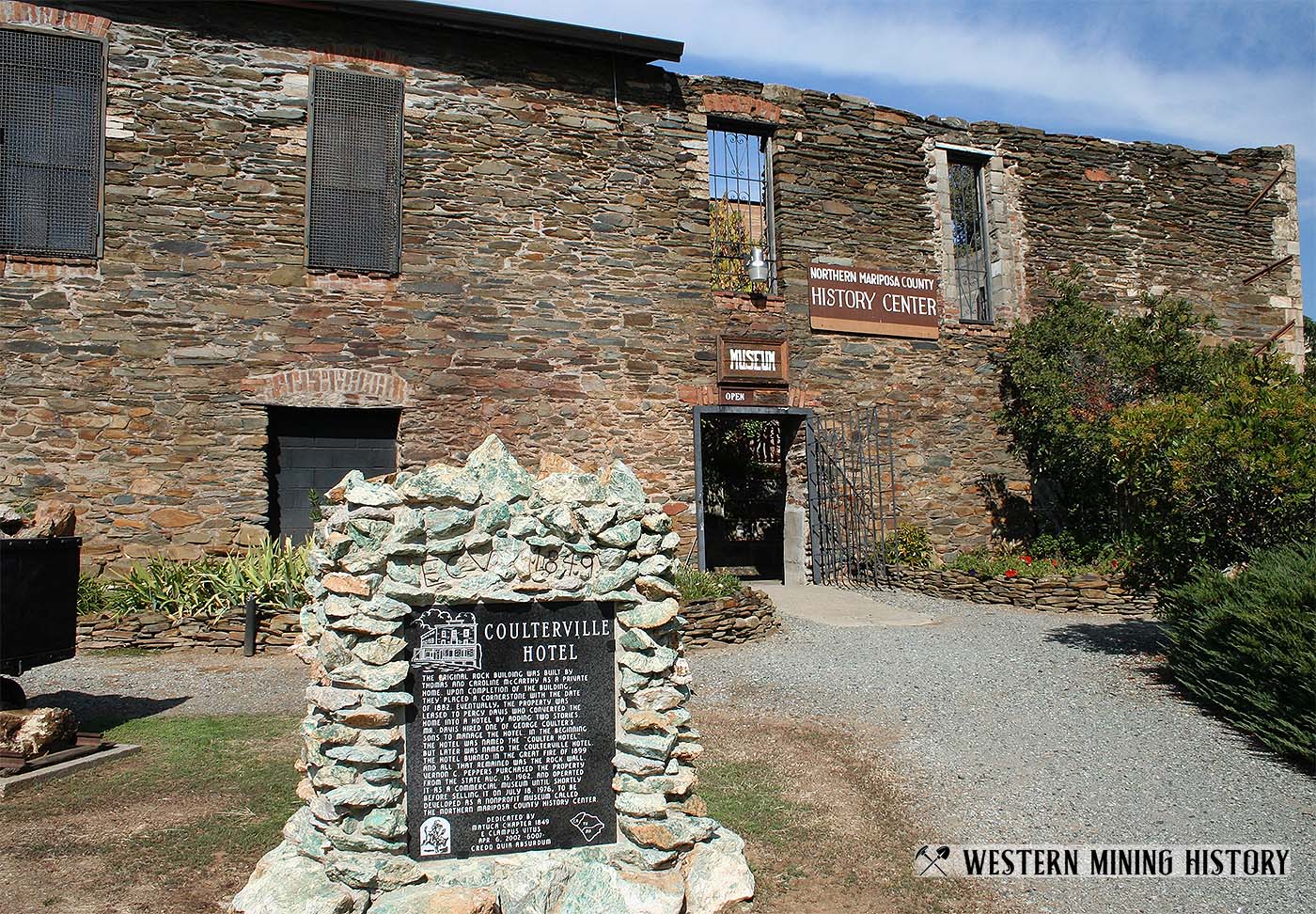
More buildings would come during 1860: a powder house to hold dynamite for the local mines, the Gazzolo family’s store, Francisco Bruschi’s bakery, and Giacoma Canova’s General Merchandise store and warehouse just to name a few.
Some of the new buildings suffered damage when Maxwell Creek overflowed its banks during a wicked storm in 1862. Because many buildings were made with adobe brick, the water caused a few of them to collapse.
By the 1870’s, even more buildings had been built. The Knights of Pythias Lodge secured the second floor of E.E. Warne’s home for lodge meetings. Around that same time, Buffalo Bill Cody’s brother, Nelson Cody, moved to Coulterville for a time and served as the postmaster.
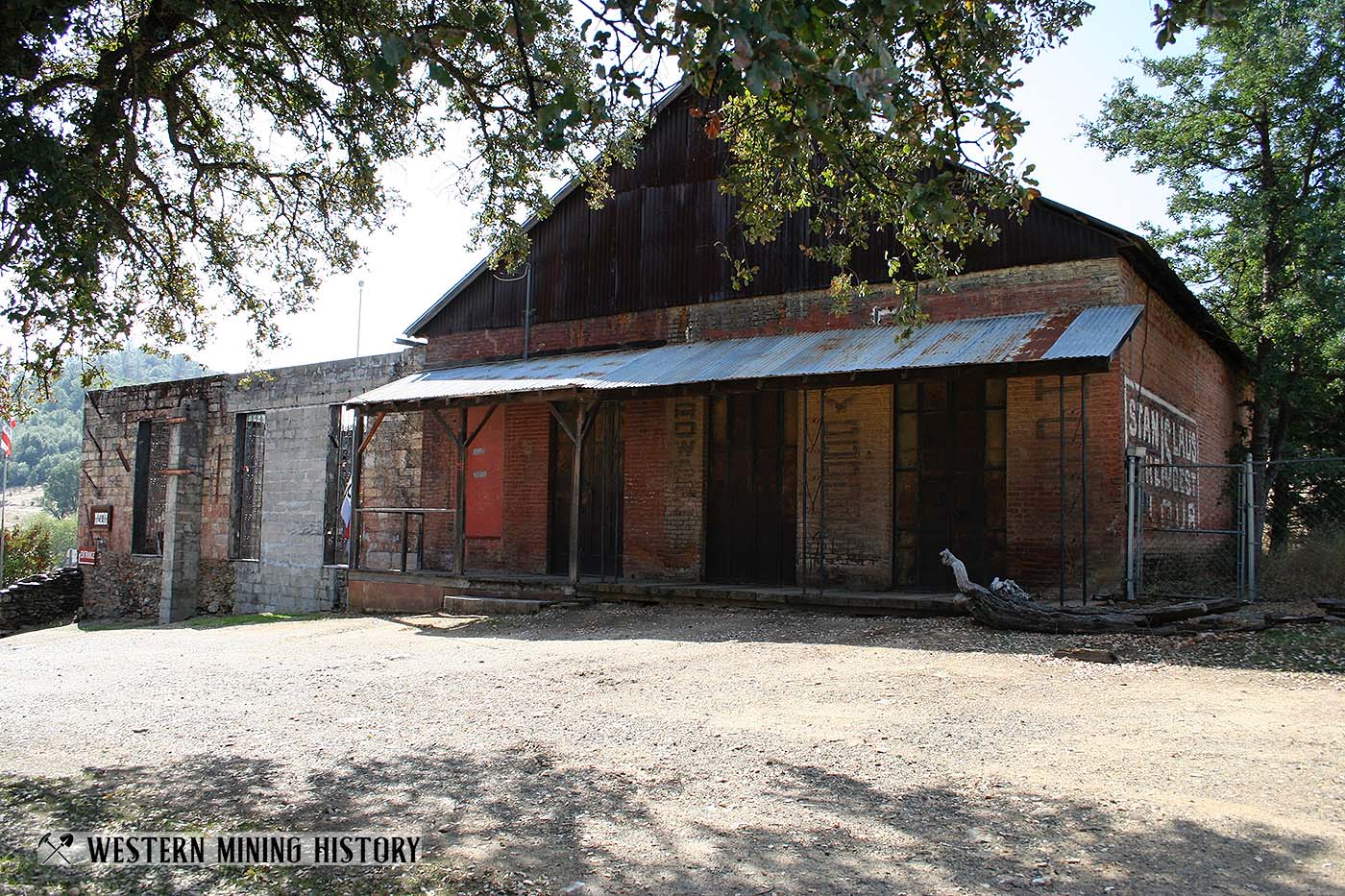
A fire in 1879 started at the home of J.W. Reed, which was engulfed within minutes and caught the Old City Hotel on fire as well. The building was being used to store lumber, resulting in quite the inferno. Smoke from the fire grew so high that it could be seen from Bear Valley some 12 miles away. Everything happened so quickly that residents had little time to do anything. Roughly half of the buildings in town were lost.
Coulterville recovered nicely. In 1887, the Merced County Sun reported that the mines around town had been revisited and were found to be “rich in free gold.” Another saving grace for Coulterville, beginning in 1889, was the founding of Yosemite National Park. The road through town provided the easiest access to the park, making the town a prominent tourist stop and destination.
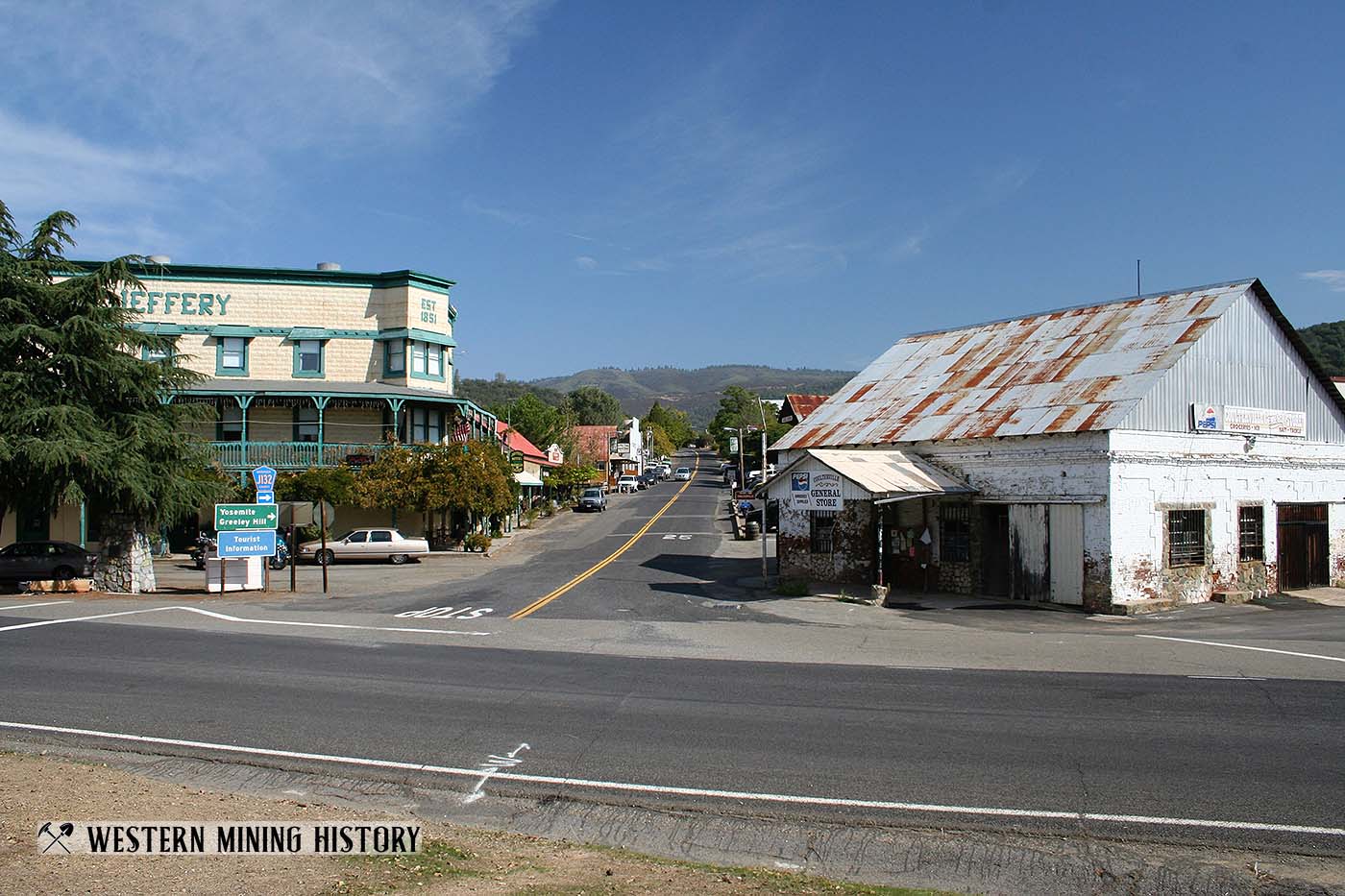
In 1894 the Mariposa Gazette reported that there was much renewed mining activity, and demand for gold was on the rise. A new general store was built in 1896. The “Whistling Billy,” an 8-ton Porter locomotive for the Merced Gold Mining Company, was lugged to Coulterville by mule team in 1897.
When fire struck again in 1899, the town remained dedicated to its goal of continued growth (on a side note, one of the burned-out buildings yielded dozens of gold coins secreted in the wall by the owner).
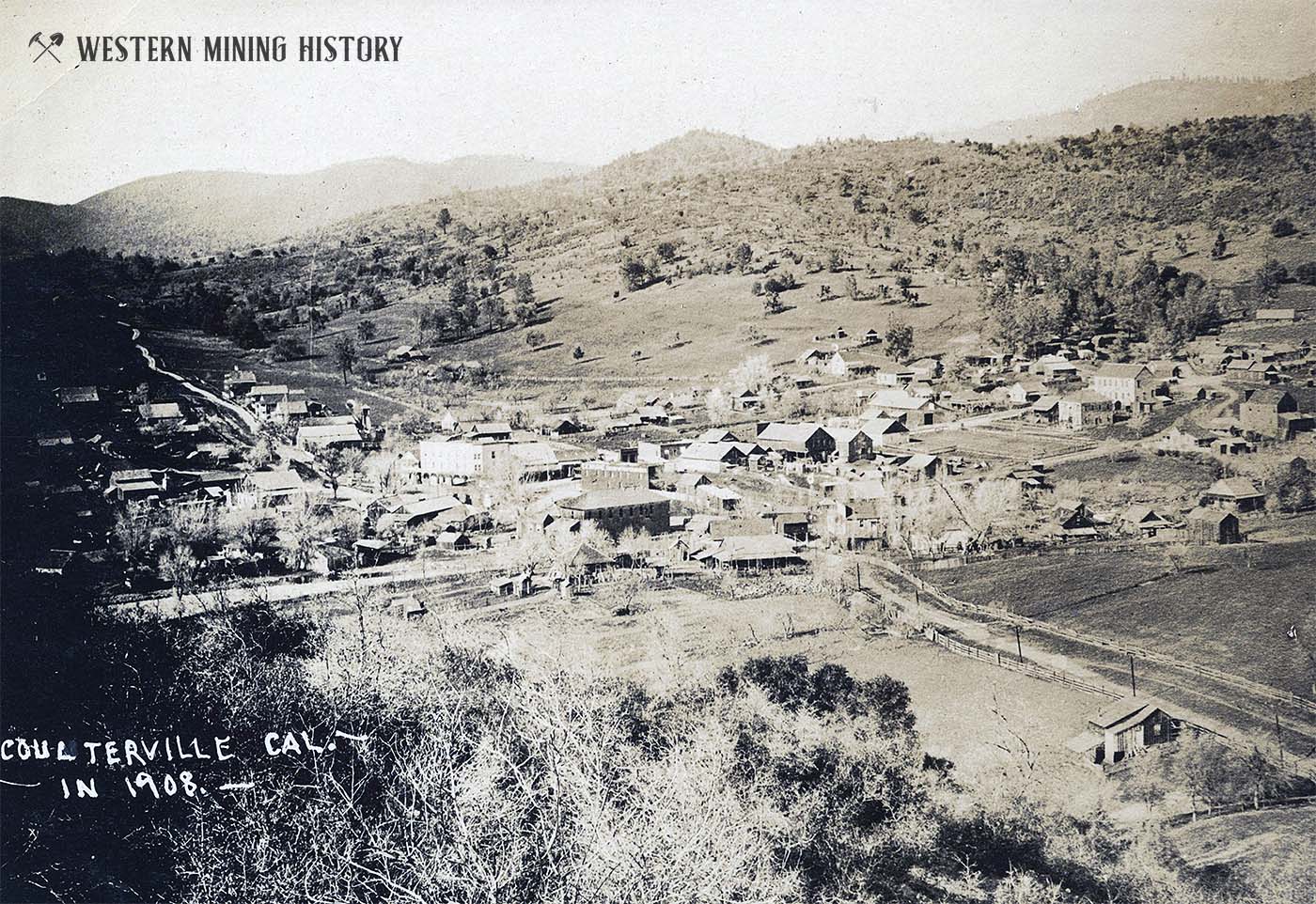
Coulterville continued to thrive as more structures were built during the early 1900’s, and all the way up to the 1970’s when mining officially ceased. Today the town remains as a California Historical Landmark with a museum, several restaurants and lodging along what is now designated as the John Muir Highway.
It All Started With The Gold Rush
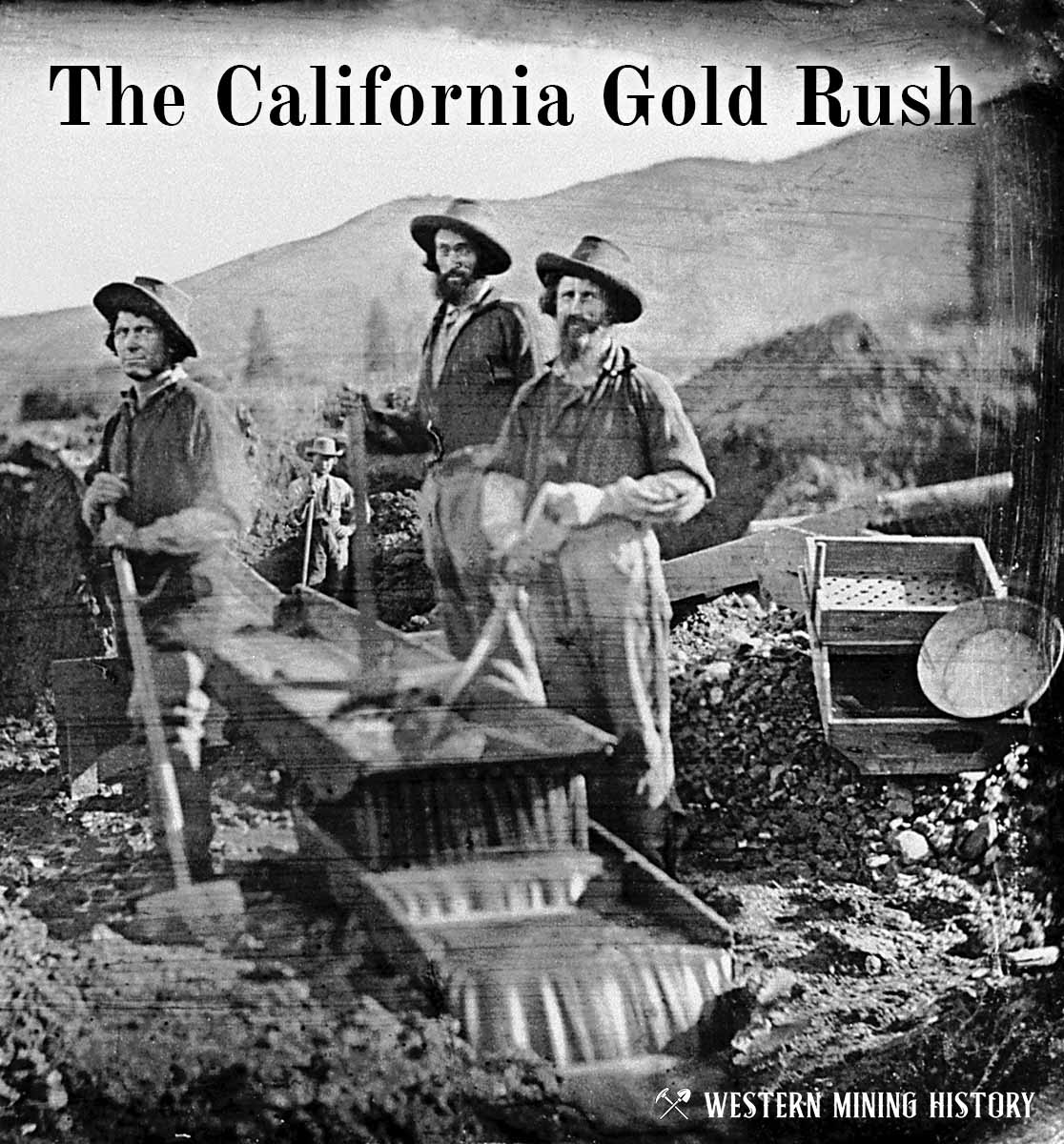
The great California Gold Rush kicked off the entire saga of western mining. Read about it at The California Gold Rush.
California Gold

"Where to Find Gold in California" looks at the density of modern placer mining claims along with historical gold mining locations and mining district descriptions to determine areas of high gold discovery potential in California. Read more: Where to Find Gold in California.
